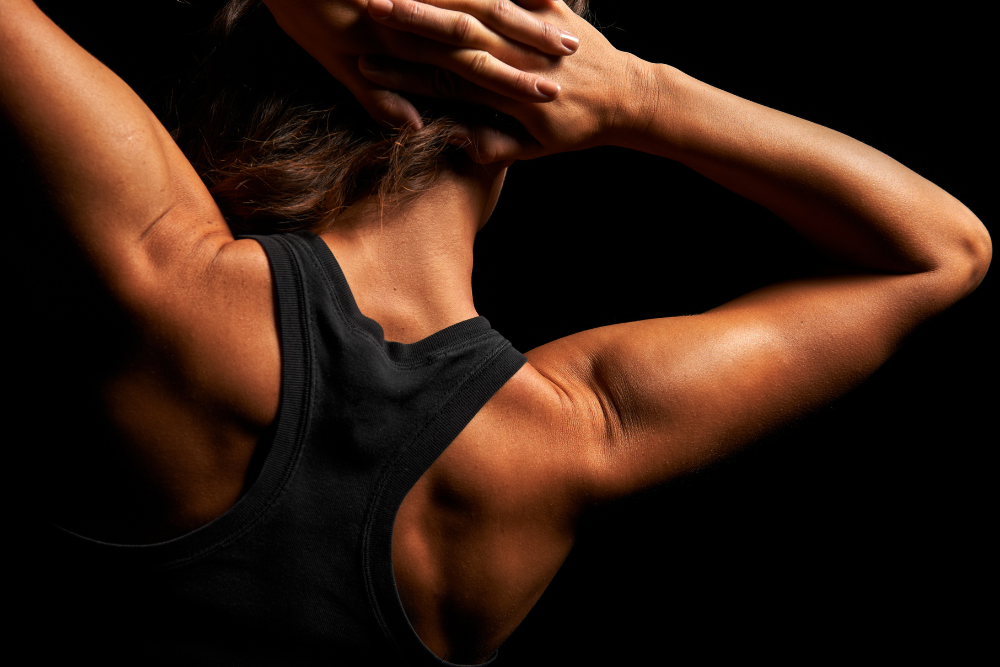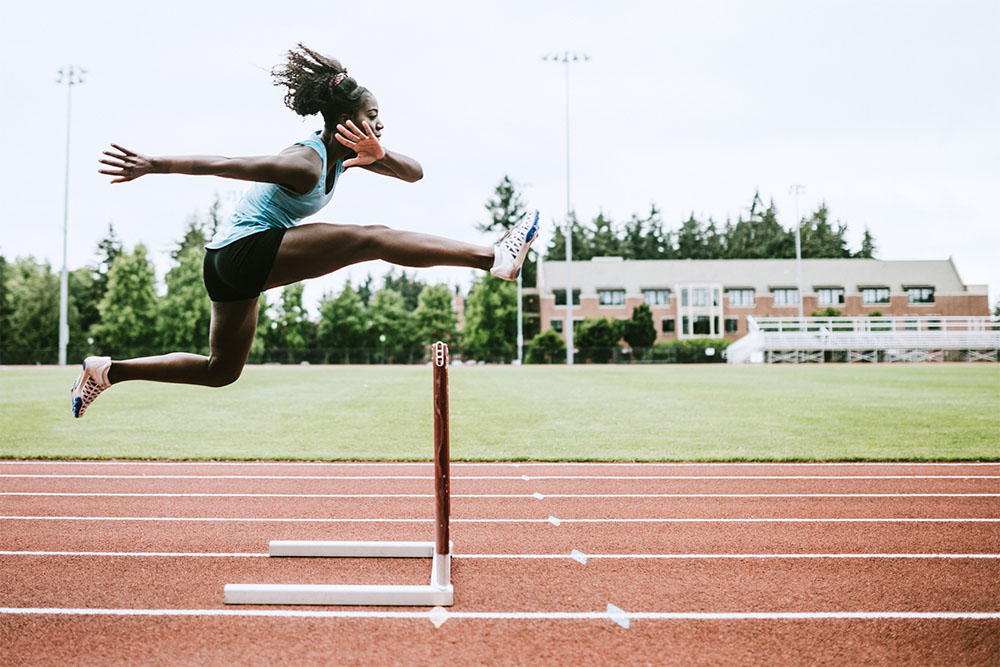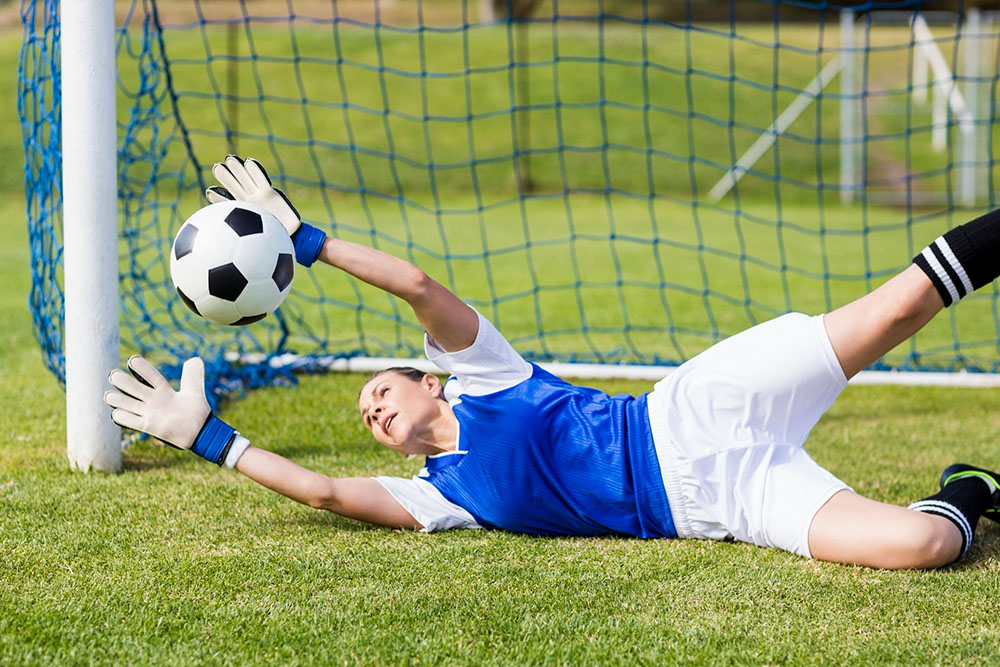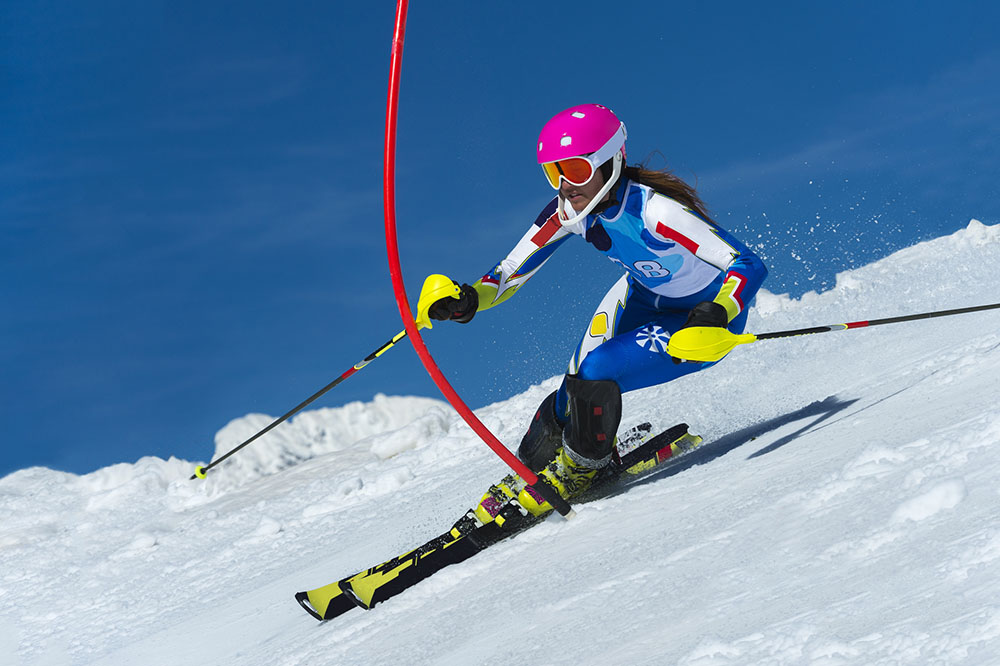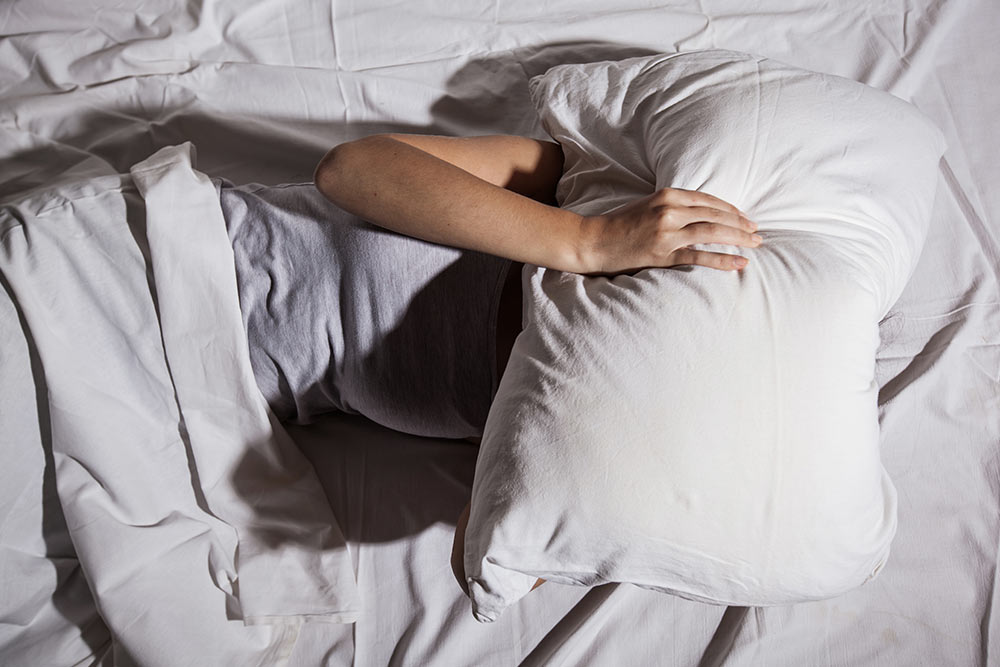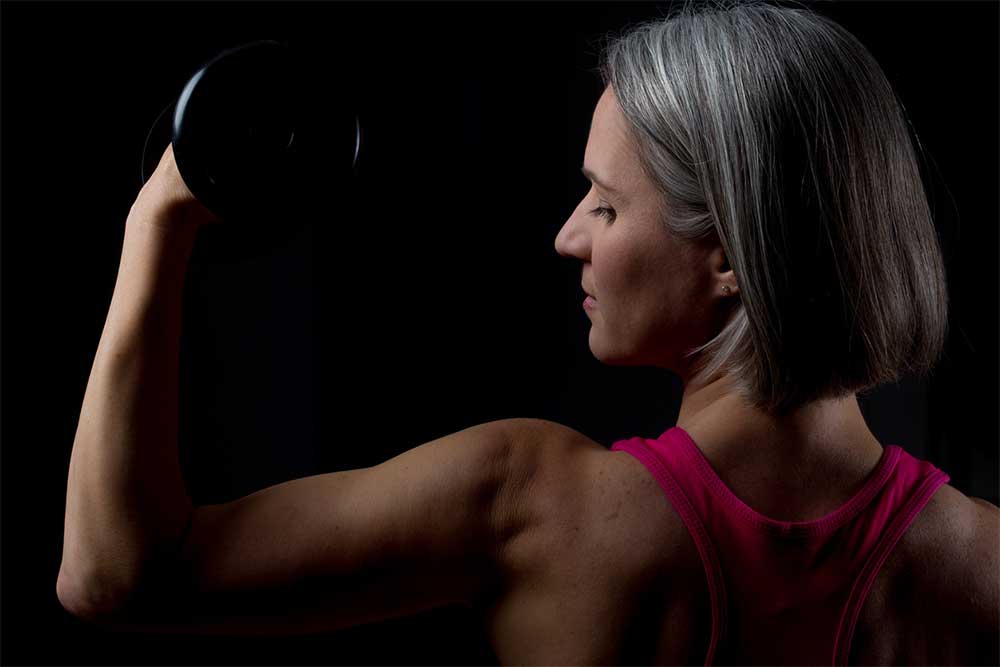How Overtraining and Undertraining Impacts Hormonal Health
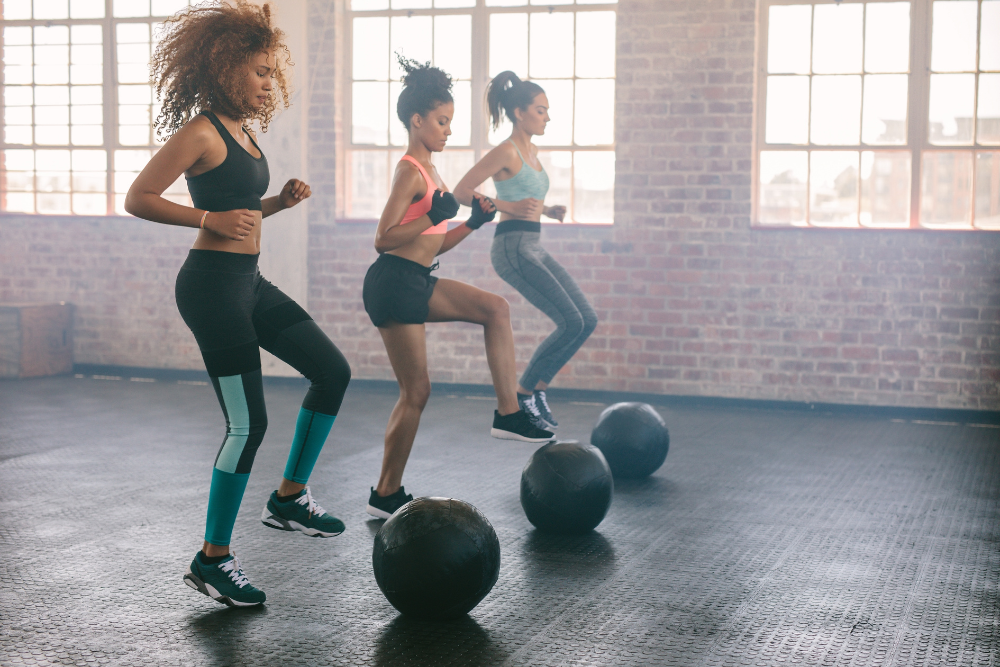
While maintaining a healthy hormonal balance is essential for overall health and wellbeing, it is an often-overlooked component of women’s health.
Hormones play a vital role in regulating various bodily functions, including metabolism, energy, mood, and reproductive health. While exercise is known to have a positive impact on hormone health, doing too much or too little can have the opposite effect.
Exercising too much can push your body beyond its limits, causing excessive stress and resulting in hormonal imbalances. This, in turn, can result in a variety of health issues, including fatigue, depression, mood swings, and decreased immunity. It can also disrupt your menstrual cycle and lead to fertility problems.
Conversely, undertraining (i.e., a lack of exercise) can also negatively impact your hormonal balance, albeit in a different manner. Inactivity can lead to weight gain, insulin resistance, and decreased muscle mass, all of which can negatively impact your hormone levels, and by extension, your health and wellbeing.
Which is why we wanted to provide a more nuanced discussion on the topic and outline some exercise strategies you can use to optimise your hormonal health.
Overtraining and hormones
Have you ever felt like you’re exercising too much and not seeing results? You might be experiencing overtraining syndrome, which happens when you push your body too hard without giving it enough time to rest and recover. This can affect both your nervous system and hormones, leading to a variety of symptoms and health issues [1].
Some common signs of overtraining include fatigue, increased or decreased resting heart rate, sleeping issues, headaches, poor immune function and more frequent illness, mood swings, injuries, body aches and pains, and even changes in your menstrual cycle.
Moreover, if you’re going through a hormonal transition, such as perimenopause, menopause, or postpartum, you may be at even higher risk for overtraining syndrome. And if you’re not getting enough sleep, eating irregularly, or not fueling your body properly, you might not have the resilience to bounce back from hard workouts which could make it even worse.
Related Article: Strength Training in Older Women Wards Off Aging
Overtraining can impact your hormones in several ways.
It can affect the Hypothalamic-Pituitary-Adrenal (HPA) axis, which regulates the release of hormones like cortisol and adrenaline in response to stress [2].
As such, overtraining can lead to high cortisol and epinephrine, which can cause anxiety and fatigue. It can also lead to low thyroid hormone levels, which can cause fatigue, anxiety, and declines in mental wellbeing. Overtraining can affect ovulation and progesterone levels, leading to changes in menstrual cycle [3].
It is also important to note that if left unaddressed, overtraining can also lead do adrenal fatigue (also known as adrenal insufficiency) [4].
Adrenal fatigue refers to a state whereby the adrenal glands become so depleted due to chronic training stress, they are no longer capable of producing key hormones cortisol and aldosterone. This leads to severe body aches, fatigue, nervousness, sleep disturbances and digestive problems, all of which can have severe impacts on your health.
While maintaining a healthy exercise regime is necessary for optimal hormonal function, doing too much can have deleterious effects.
Undertraining and hormones
On the other hand, physical inactivity (i.e., not doing enough exercise) can also have a significant impact on hormonal health, and is known to negatively impact your healthspan.
Regular exercise is crucial for maintaining healthy hormone levels and overall well-being. When you are physically inactive, your body experiences hormonal imbalances that can negatively impact your health and function in a big way.
Undertraining has been shown to effect insulin resistance and blood sugar regulation. When you are physically inactive, your body becomes less efficient at processing glucose, leading to insulin resistance. This can increase the risk of developing type 2 diabetes and other metabolic disorders [5].
Similarly, live overtraining, physical inactivity can lead to chronically elevated cortisol levels. High cortisol levels can contribute to feelings of anxiety, depression, and irritability. This can also impact your sleep quality, which further exacerbates this hormonal imbalance [6].
Undertraining can also lead to a decrease in estrogen levels, which can affect bone density and increase the risk of osteoporosis. It can also impact menstrual cycles and contribute to symptoms such as hot flashes and mood swings [7].
Physical inactivity also lowers testosterone levels, which can lead to decreased muscle mass, decreased bone density, and decreased libido. Testosterone is important for both men and women, and should be considered as it can contribute to a range of health problems if unbalanced [8].
Related Article: Lengthen Healthspan Through Exercise
Optimal Exercise
What is the proper dose of exercise to support healthy hormone levels without doing too much and running the risk of overtraining?
The answer to this question is not as straightforward as you might hope, as it depends on several factors, including age, fitness level, and health status. However, we can make some broad recommendations that can be applied and adapted on an individual basis to give you every chance to ensure optimal hormone health.
How to exercise to boost hormone levels without overtraining:
Incorporate strength training:
Strength training can help increase muscle mass and bone density, which can be particularly beneficial for women as they age and face hormonal changes such as decreased estrogen levels. This type of exercise can also help support healthy insulin levels, which can positively impact other hormones in the body. Aiming for 2-3 strength sessions per week is a great way to manage hormone health without overtraining, and even increase your lifespan.
Consider high-intensity interval training (HIIT):
HIIT is a type of cardio training that can be an effective way to support hormone health, but it’s important to do it in moderation and in balance with other types of exercise. HIIT can help support healthy insulin levels and improve cardiovascular health, but too much high-intensity exercise can lead to overtraining and negatively impact hormone levels. While doing HIIT every day is probably not a great idea, 3-4 HIIT sessions should be manageable if all your recovery factors are looked after.
Listen to your body and adjust your workouts accordingly:
As hormone levels fluctuate throughout the menstrual cycle, it’s important to pay attention to how your body is feeling and adjust your workouts accordingly. For example, during the luteal phase of the menstrual cycle (i.e., the second half), some women may feel less energetic and may benefit from lower-intensity exercise, such as light walking or restorative yoga.
Get enough rest and recovery:
As alluded to above, adequate rest and recovery are essential for managing hormone health. Make sure to give your body time to recover between workouts and prioritize 7-9 hours of sleep per night to support healthy hormone levels. Implementing rest days between your heaviest training sessions is a great way to maximise recovery and keep your hormone health in tip top shape.
Use active recovery methods:
On recovery days, feel free to do implement low intensity cardio, such as walking, hiking, cycling, and jogging (at an easy pace). This type of cardio training is not only great for cardiovascular health, but it can also facilitate recovery and increase parasympathetic activity, which can have positive effect on hormone function.
Focus on overall wellness:
While exercise is an important part of hormone health, it’s not the only factor. Eating a balanced diet, managing stress levels, and getting enough sleep are also important components of overall wellness and can positively impact hormone levels. These factors should be addressed in conjunction with your exercise habits.
Related Article: Stop Taking Loans on Your Health
Take Home Message
In summary, the optimal way to exercise for hormone health in females involves a balanced approach that includes strength training, moderate HIIT, listening to your body, prioritizing rest and recovery, and focusing on overall wellness.
While this may differ slightly depending on your age, fitness levels, and current health status, these general guidelines are a great place to start for the vast majority of the population.
What are your current exercise habits like? Let us know in the comments, as we would love to hear what you are doing to maximise your health!
References:
Wyatt, Frank B., Alissa Donaldson, and Elise Brown. “The overtraining syndrome: A meta-analytic review.” Journal of Exercise Physiology Online 16.2 (2013): 12-23.
Cadegiani, Flavio A., and Claudio E. Kater. “Hypothalamic-pituitary-adrenal (HPA) axis functioning in overtraining syndrome: findings from endocrine and metabolic responses on overtraining syndrome (EROS)—EROS-HPA Axis.” Sports Medicine-Open 3 (2017): 1-11.
Cadegiani, Flavio A., and Claudio E. Kater. “Hormonal aspects of overtraining syndrome: a systematic review.” BMC Sports Science, Medicine and Rehabilitation 9.1 (2017): 1-15.
Brooks, Kelly A., and J. G. Carter. “Overtraining, exercise, and adrenal insufficiency.” Journal of novel physiotherapies 3.125 (2013).
Gratas-Delamarche, Arlette, et al. “Physical inactivity, insulin resistance, and the oxidative-inflammatory loop.” Free radical research 48.1 (2014): 93-108.
Puterman, Eli, et al. “Physical activity moderates effects of stressor-induced rumination on cortisol reactivity.” Psychosomatic medicine 73.7 (2011): 604-611.
Dallal, Cher M., et al. “Association of active and sedentary behaviors with postmenopausal estrogen metabolism.” Medicine and science in sports and exercise 48.3 (2016): 439.
Shele, Grei, Jessica Genkil, and Diana Speelman. “A systematic review of the effects of exercise on hormones in women with polycystic ovary syndrome.” Journal of Functional Morphology and Kinesiology 5.2 (2020): 35.
You Might Like:




